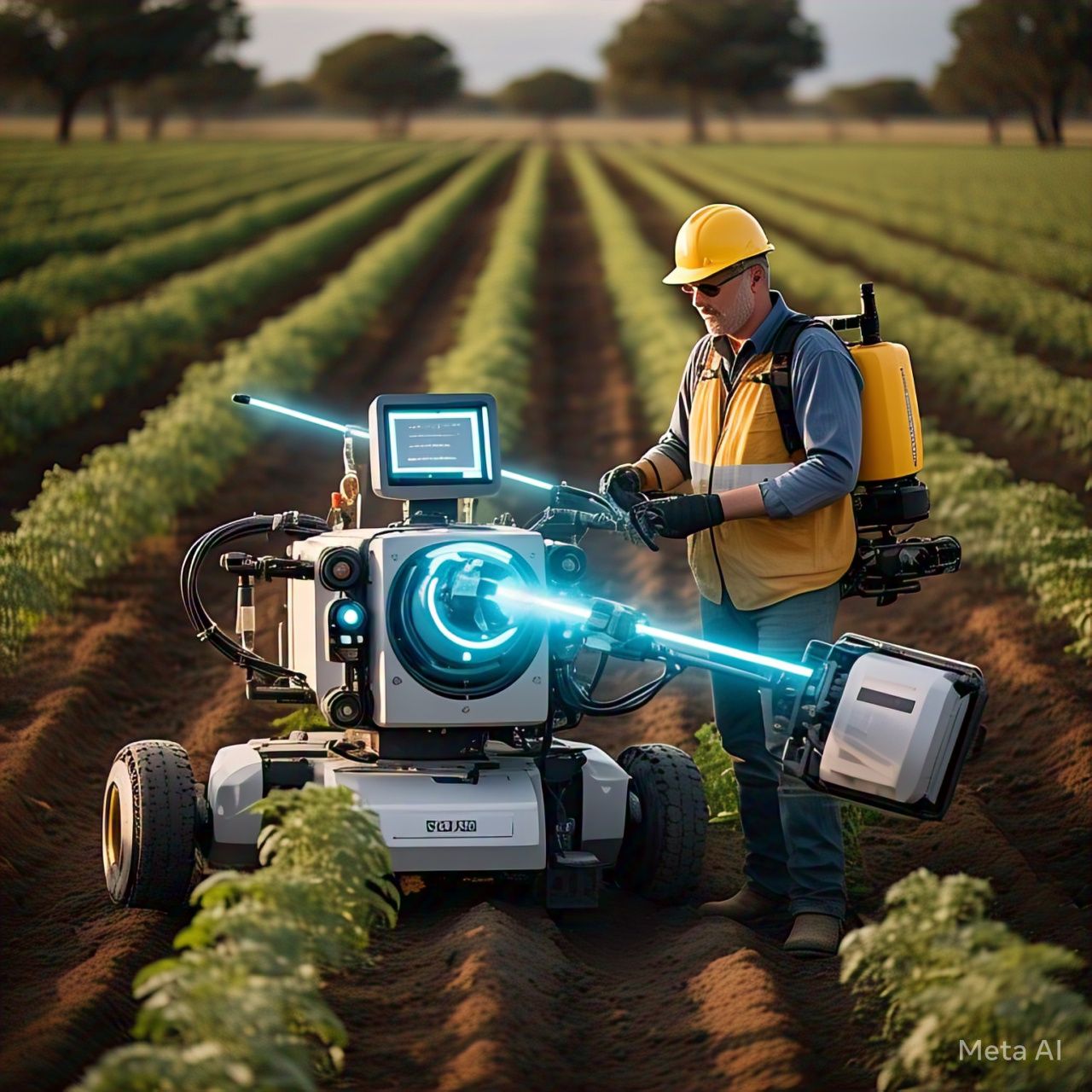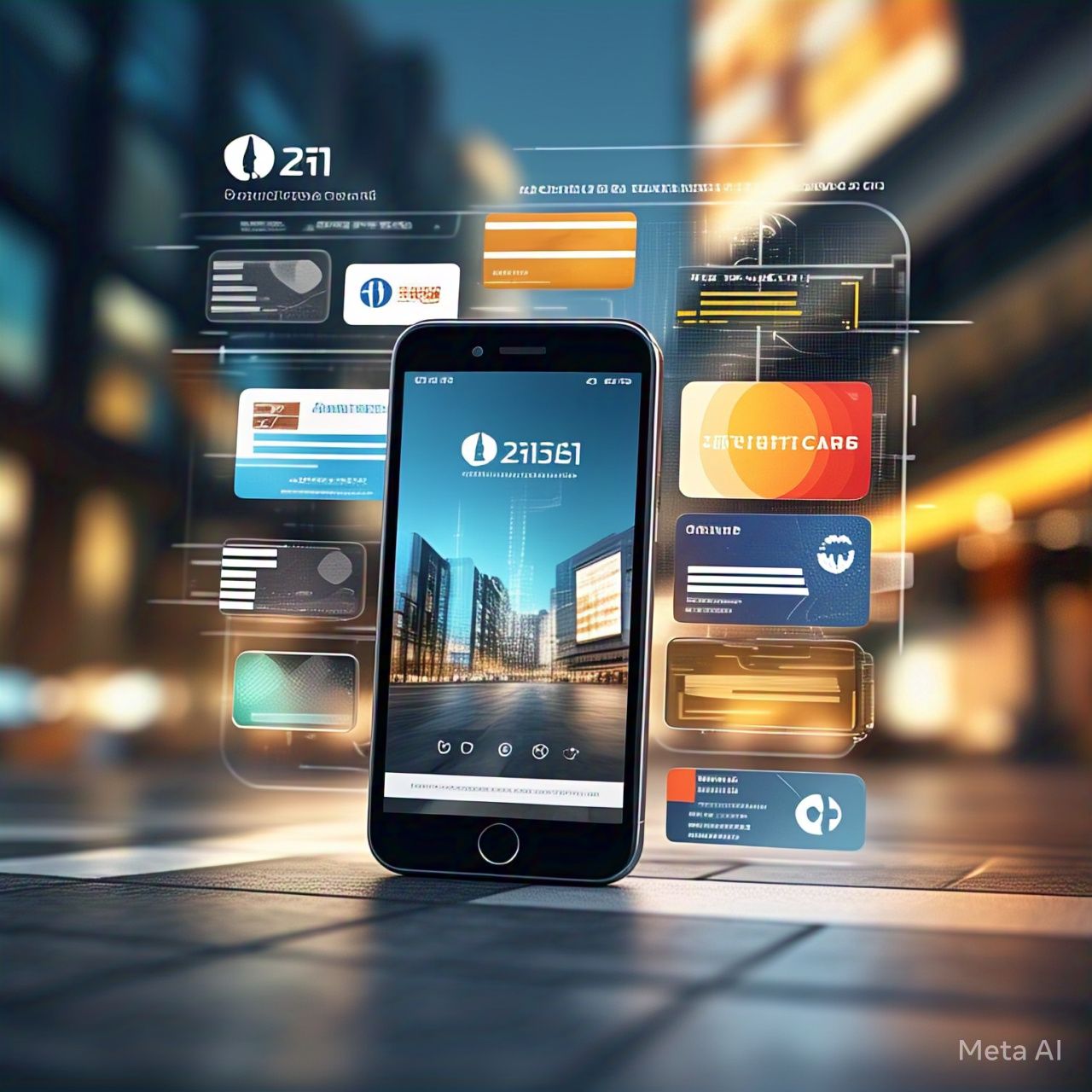Table of Contents
- Introduction
- The Role of AI in Agriculture
- AI-Powered Precision Farming
- Automated Machinery and Robotics
- Predictive Analytics in Crop Management
- AI in Livestock Monitoring
- Climate and Weather Predictions
- Supply Chain Optimization
- Challenges and Ethical Considerations
- The Future of AI in Agriculture
- FAQs
1. Introduction
Agriculture is the backbone of the global economy, feeding billions while sustaining livelihoods. With the world population projected to reach 9.7 billion by 2050 (United Nations, 2019), the demand for food production is increasing exponentially. Traditional farming methods, however, struggle to keep up due to challenges such as climate change, soil degradation, and labor shortages. Enter Artificial Intelligence (AI)—a revolutionary technology that is transforming agriculture by improving efficiency, precision, and sustainability.
2. The Role of AI in Agriculture
AI is driving a new era of smart farming by integrating machine learning (ML), computer vision, IoT (Internet of Things), and robotics into agricultural practices. These technologies enable farmers to make data-driven decisions, optimize resource usage, and reduce waste. AI is helping in areas such as precision farming, automated machinery, livestock monitoring, climate forecasting, and supply chain management.
3. AI-Powered Precision Farming
What is Precision Farming?
Precision farming uses AI-driven data analytics and satellite imagery to monitor soil health, detect plant diseases, and optimize irrigation systems. AI-powered drones and sensors collect real-time data on crops, enabling farmers to make informed decisions and increase productivity.
Benefits of AI in Precision Farming:
- Optimized irrigation: AI models analyze soil moisture levels and recommend precise water usage, reducing water wastage.
- Early disease detection: AI detects plant diseases before they spread, preventing massive crop losses.
- Efficient fertilizer use: AI recommends the optimal amount of fertilizer based on soil and crop conditions, reducing costs and environmental impact.
4. Automated Machinery and Robotics
AI-driven autonomous tractors, robotic harvesters, and AI-powered weeding robots are enhancing farm operations. Companies like John Deere and Blue River Technology have developed AI-powered machines that reduce labor dependency and improve efficiency.
Examples of AI Robotics in Agriculture:
- Self-driving tractors: AI-controlled tractors plow fields, reducing manual labor costs.
- AI-powered weeders: Machines use computer vision to identify and remove weeds without harming crops.
- Robotic harvesters: These machines automate fruit and vegetable picking, reducing post-harvest losses.
5. Predictive Analytics in Crop Management
How AI Predicts Crop Performance
AI-powered predictive analytics helps farmers plan ahead by analyzing past and present farming data to forecast crop yields, disease outbreaks, and market demand. Platforms like IBM Watson Decision Platform for Agriculture use AI to predict harvest outcomes, helping farmers make strategic decisions.
Benefits:
- Higher crop yields: AI models predict the best planting and harvesting times.
- Reduced pesticide use: AI detects pests early, minimizing pesticide dependency.
- Market insights: Farmers can align production with market demand, reducing surplus and losses.
6. AI in Livestock Monitoring
AI-driven facial recognition technology and biometric sensors are used to monitor livestock health, track movement, and optimize breeding programs.
Key Applications:
- Health monitoring: AI detects symptoms of diseases in livestock before they become severe.
- Automated feeding systems: AI ensures animals receive the right nutrition.
- Breeding optimization: AI helps identify the best livestock genetics for breeding, improving productivity.
7. Climate and Weather Predictions
Unpredictable climate conditions pose a major risk to farmers. AI leverages satellite imagery, real-time weather data, and historical patterns to predict rainfall, temperature, and extreme weather events.
Advantages of AI Climate Forecasting:
- Disaster prevention: Early warnings of droughts, floods, and storms help farmers take preventive measures.
- Optimized planting schedules: AI helps determine the best times for sowing and harvesting.
- Resource management: AI predicts water requirements based on climate patterns.
8. Supply Chain Optimization
AI is streamlining agricultural supply chains by improving logistics, reducing food waste, and enhancing market access.
AI in Agricultural Supply Chains:
- Demand forecasting: AI analyzes consumer trends and predicts market demand.
- Smart warehousing: AI-powered inventory management ensures food is stored efficiently.
- Blockchain integration: AI and blockchain ensure transparent and efficient food traceability.
9. Challenges and Ethical Considerations
Despite its benefits, AI in agriculture faces several challenges:
- High initial costs: AI technology requires significant investment, making it inaccessible to small-scale farmers.
- Data privacy concerns: AI relies on vast amounts of farm data, raising privacy and security issues.
- Dependence on connectivity: Many rural areas lack the necessary internet infrastructure for AI-based solutions.
- Ethical considerations: AI-driven automation may replace traditional farm jobs, leading to employment concerns.
10. The Future of AI in Agriculture
AI is expected to further revolutionize agriculture with innovations such as:
- Smart greenhouses: AI-controlled environments that optimize crop growth.
- AI-driven vertical farming: Space-efficient farming in urban areas.
- Bioengineered AI crops: Genetically optimized crops resistant to climate change and diseases.
The integration of 5G, blockchain, and quantum computing will further enhance AI’s role in agriculture, making farming more productive and sustainable.
11. FAQs
1. How does AI improve farming efficiency?
AI automates farming tasks, optimizes resource use, and predicts crop yields, improving efficiency and reducing costs.
2. What are the challenges of using AI in agriculture?
Challenges include high implementation costs, data security concerns, internet infrastructure limitations, and potential job losses.
3. How do AI-powered drones help farmers?
Drones use AI to analyze soil health, detect plant diseases, and monitor crop growth in real time.
4. Can small-scale farmers afford AI technology?
AI adoption is costly, but governments and agritech companies are developing affordable AI solutions for small-scale farmers.
5. How does AI help in livestock farming?
AI monitors animal health, automates feeding, and optimizes breeding programs, improving livestock management and productivity.
Conclusion
AI is transforming agriculture by making farming more efficient, sustainable, and profitable. From precision farming and predictive analytics to livestock monitoring and climate forecasting, AI is revolutionizing every aspect of agriculture. Despite challenges, continued innovation and investment in AI-driven agriculture will ensure global food security and sustainability in the future.
Citations:
- United Nations. “World Population Prospects.” (2019) Retrieved from www.un.org
- IBM Watson Decision Platform for Agriculture. Retrieved from www.ibm.com
- John Deere AI Agricultural Technologies. Retrieved from www.deere.com





